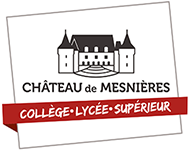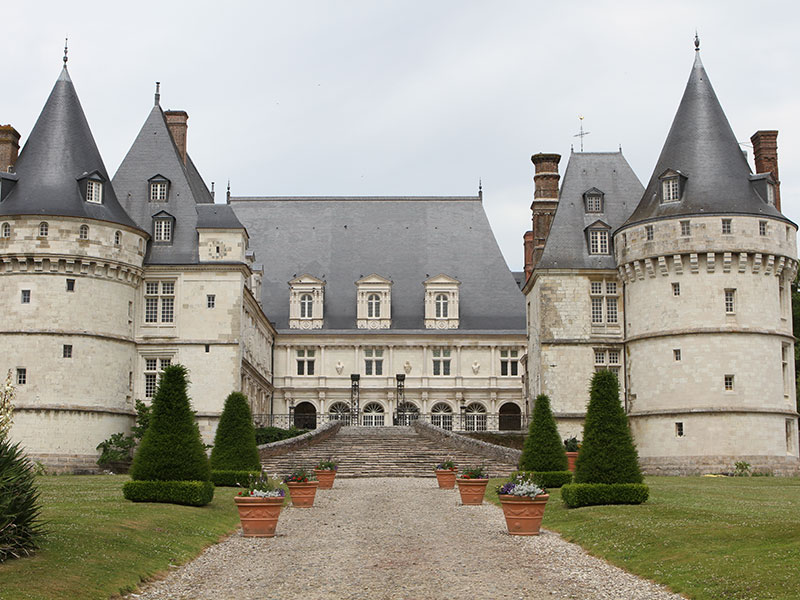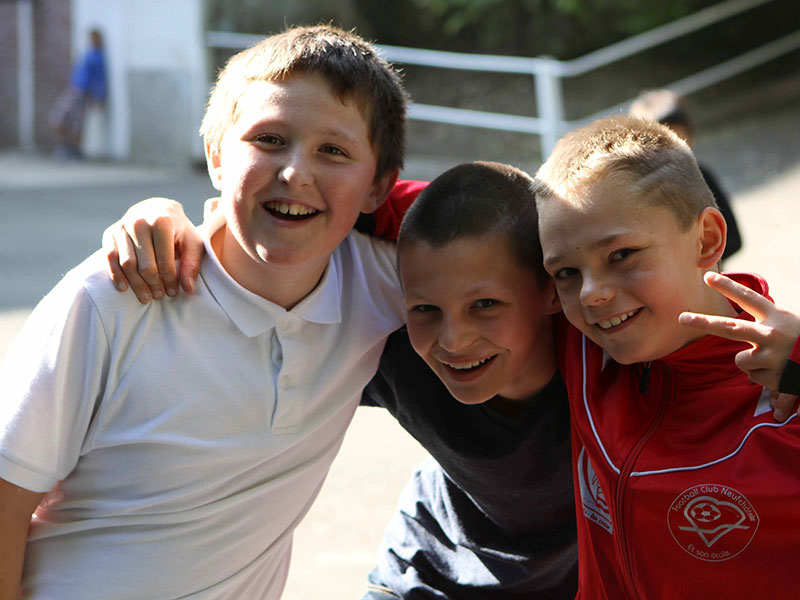Let's build a birdhouse
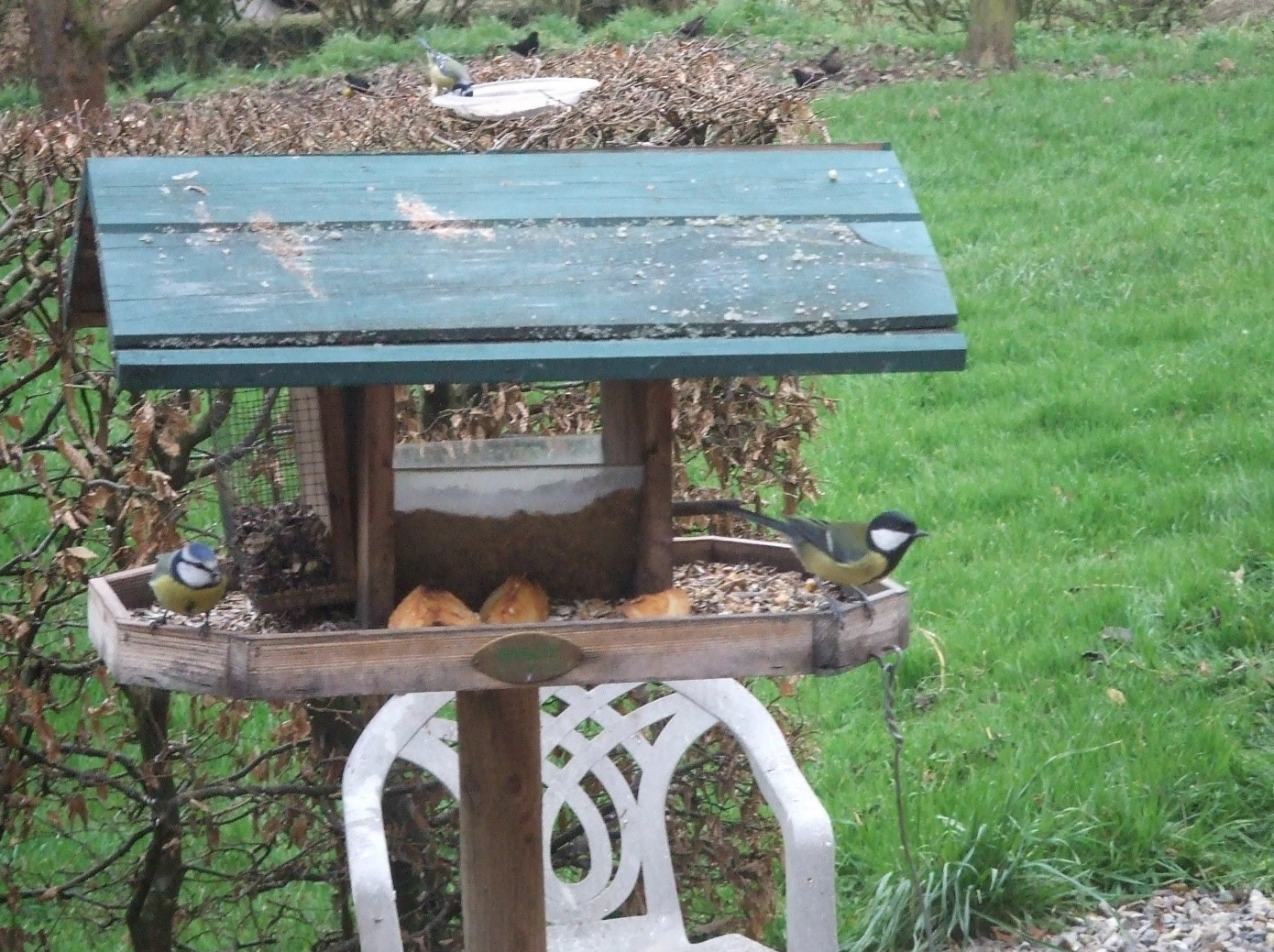
This article has been written in the framework of the Ecojobs project from the Leonardo programme that our college has partcipated in In the framwork of agricultural production (market gardens, vegetable patches, fruit production) it's imperative to encourage auxiliaries, which help to maintain a healthy balance between plants and predators and, especially, birds Many species can be found living in different cavities that are of a great help to the average gardener. As hollow trees are becoming rarer and rarer, it's important to create spaces for birds to nest in, hence the need to build birdhouses. Do you know that an average couple of blue tits need at least 10 000 insects in order to produce off-spring over a period of only 3-4 weeks ?
The rules to follow in order to carry out the project
- One needs a good birdhouse model: the size of the front opening needs to suit the bird one wants to attract
Let's be very precise; it's better to use un-treated thick, raw wood (22-27mm). Avoid plywood because it would deteriorate in wet conditions.
- Don't paint the birdhouse, especially in bright colours.
- Fix the birdhouse to a tree and try not to damage the tree. Birdhouses can also be placed on a wall, as long as there are trees in the viscinity.
- Find a suitable setting, ideally the front of the birdhouse should be sun-facing and out sheltered from the rain.
- Watch out for predators such as cats. The birdhouse needs to be atleast 2 metres above ground and suspunded ( not just hanging from a branch).
- Birds rarely come in directly, and they don't need bars at the entrance.
- Place your birdhouse outside early in the year, at the end of winter and that will improve your success rate
- Don't disturb your birdhouse, otherwise the parents might abandon their off-spring
- Clean your birdhouse every year by removing waste at the end of the season and checking its general state of repair
|
Diamètre du trou d’envol |
En nichoir, il (elle) est : |
Où poser le nichoir ? |
Mésange bleue Parus caeruleus |
27 – 28 mm |
Commune |
Vergers, bois, jardin : partout |
Mésange noire Parus ater |
Rare |
Dans les bois résineux (épicéas, pins, sapins) ou à proximité |
|
Mésange huppée Parus cristatus |
Rare |
||
Mésange nonnette Parus palustris |
Assez rare |
Vergers, bois. Pas trop près des maisons |
|
Mésange charbonnière Parus major |
32 – 34 mm |
Très commune |
Partout, y compris près des maisons |
Rouge-queue à front-blanc Phoenicurus phoenicurus |
Trou ovale 34 sur 32 mm |
Assez rare |
Vergers, parcs boisés, jardins (près des maisons) |
Sittelle Sitta europaea |
34 mm |
Assez rare |
Bois, vergers |
What type of bird and for which birdhouse ?
Tastes and needs vary from one species to another, hence the large number of models
Our particular interest is with tits as they adapt well to both letter box-style and log-style birdhouses
Letter box-style birdhouses
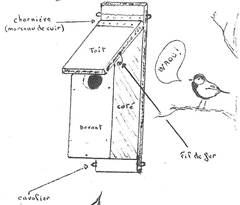
The reason they have this name is because they look like a box. Sometimes tits even nest in real letter boxes ! This birdhouse is easy to make using planks (fir, Picea sitchensis ) that are ebout 22-27 mm thick

Here is what you need :
1. pen
2. ruler
3. saw
4. Hammer
5. Piece of leather
6. Copper wire
Log-style birdhouse
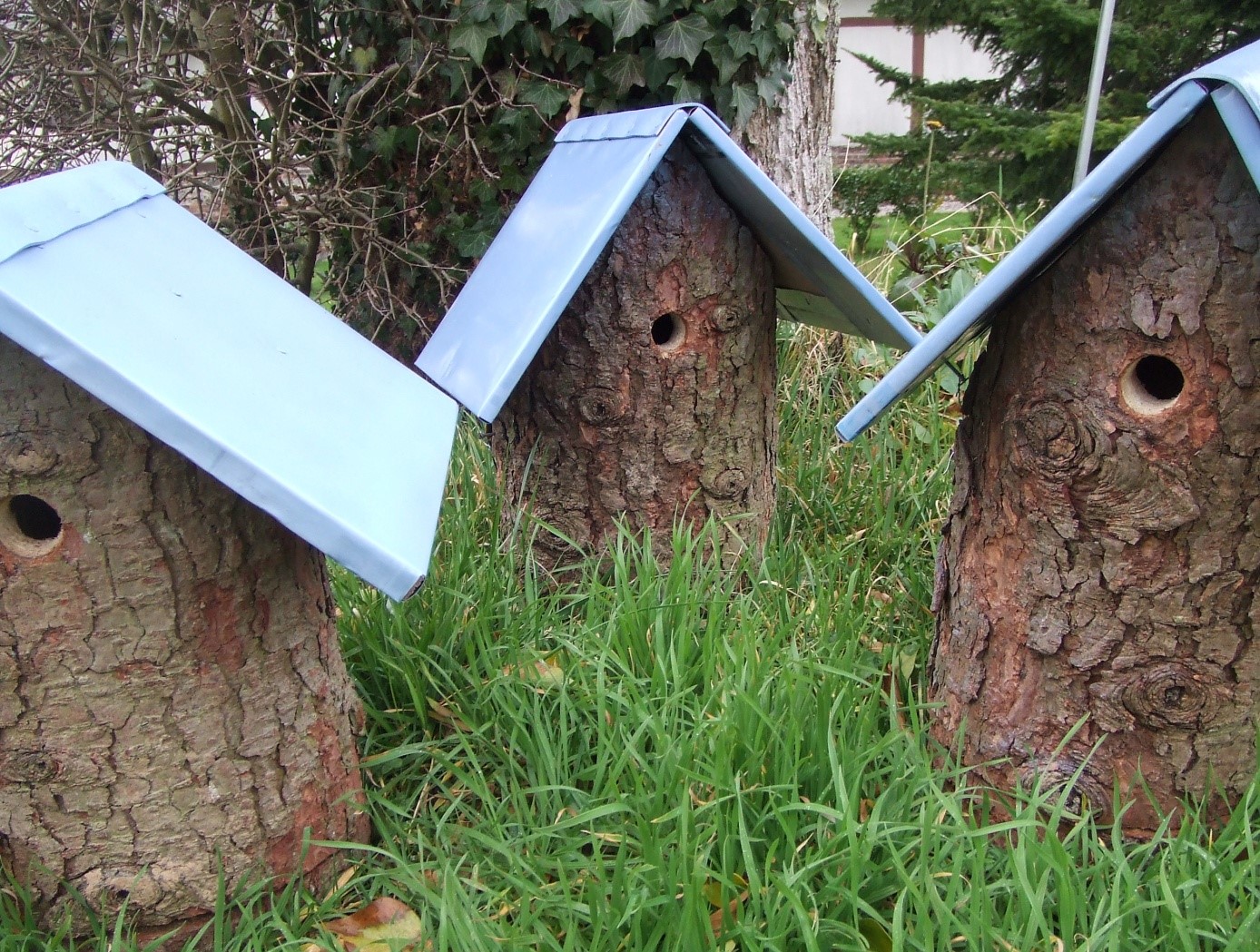
This style of house is more attractive although to make it one needs to use a chain-saw. If you don't have a chain-saw the you might be able to find a hollow tree trunk after a tree has just been cut down.
Use a small piece of wood for the base and another for the roof. Ths size of hole one chooses will of course depend on the species of bird one wants to attract
Feel free to watch this slide-show to learn more about making a birdhouse
Pour aller plus loin
Voici une liste d’ouvrages ou de sites qui vous permettra de confectionner de nombreux autres types de nichoirs :
En français :
-
- NICHOIRS ET MANGEOIRES, Sylvie BEZUEL et Christian HEINRICH, Edition MILAN
-
- LA GAZETTE DES TERRIERS, Cahier technique n°106, Club CPN, Tel : 03.24.30.01.30
-
- Journal LA HULOTTE n°10, www.lahulotte.fr , Tel 03.24.30.01.30
-
- NICHOIRS et CIE, Bernard BERTRAND, Edition de TERRAN
-
- NICHOIRS, 99 modèles à construire soi-même, Claude LARGIN, Edition ARTEMIS
-
- Pour planter des arbres ou acheter un nichoir : www.pepinieres-lemonnier.com
Pour nos amis anglophones :
-
- Making a nestbox : www.rspb.org.uk
- Sales and advices : www.bto.org
